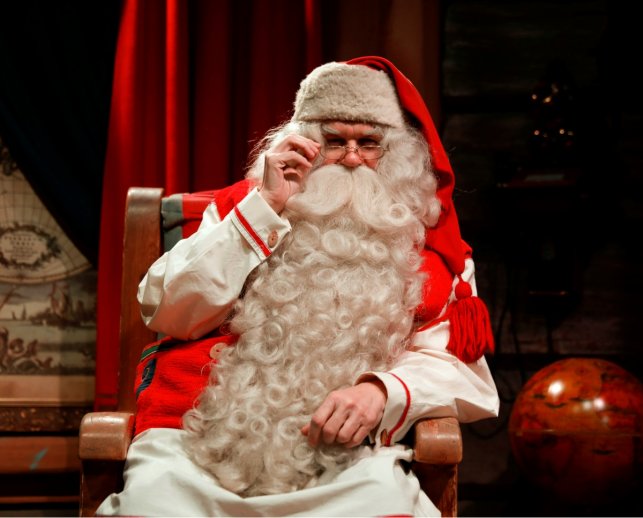
Though Christmas is one of the most popular festivals and is celebrated in almost every country across the world it is not that there is no ambiguity about the origin of the day and its meaning. Christmas is celebrated on 25 December by billions of people and they have their own interpretation of the festival and traditions for celebrating the day.
While sharing the joy and bliss it's also interesting to look at some dark myths surrounding the world's most popular holiday.
Jesus born on Christmas?
Most commonly it is believed that Christmas commemorates the birth of Jesus Christ. However, there are different interpretations of the story of the day. A website called bible.ca, writes that there is no mention of Jesus taking birth on 25 December. Experts further argue that 25 December is actually the birthday of the pagan God of light who is called Mithra. It was only in 325 AD that the Roman emperor Constantine re-assigned the meaning to the birthday of Jesus, the true God of light, writes the website.
Santa Claus Coca-Cola mascot
Another popular myth regarding Christmas is about Santa Claus – the face of Christmas. Santa Claus, according to popular belief is an old man who brings gifts to children, who have been good throughout the year, on the day of Christmas. Some people argue that Santa Claus is a character designed by Coca-Cola, which manufactures aerated drinks, for their advertisement campaigns. However, the Guardian writes that the popular image of Santa wearing red attires has been there since the early 19 century. It is also said that the modern image of the Father Christmas was coined by cartoonist Thomas Nast in the 1870s.
Like the history, there exists lots of confusion about the right way to celebrate Christmas. Though the most common way to celebrate the holiday is by decorating a Christmas tree, exchanging gifts among friend and family and having a hearty meal, some people opt for a completely different way of celebration.
Demon eats children on Christmas
In Germany, Australia and Croatia people have a darker notion of Christmas and they await the arrival of Krampus - the goat demon. The main belief, behind this tradition, CNN writes, that with the goodness and the happy mood that come with Christmas, there also comes an opposite force of evil. According to legends, the terrifying demon kidnaps children who have been naughty and disobedient and feasts on them. In the countries where people believe in the advent of Krampus, a man dressed in demon costume will roam around the city scaring children and reminding them there is always an opposite side of all sweet things.
Celebrations for witches and goats
In several parts of Norway, people believe that witches and sorcerers roam around in the streets looking for brooms to ride on them and thus every household hide all the brooms to keep evil spirits at bay.
In Scandinavia, Christmas is all about goats. Massive statues of the 'yule goat' are erected in certain parts of the region. People generally gather around these statues to celebrate the day, however, sometimes people burn these huge objects to make Christmas memorable.









